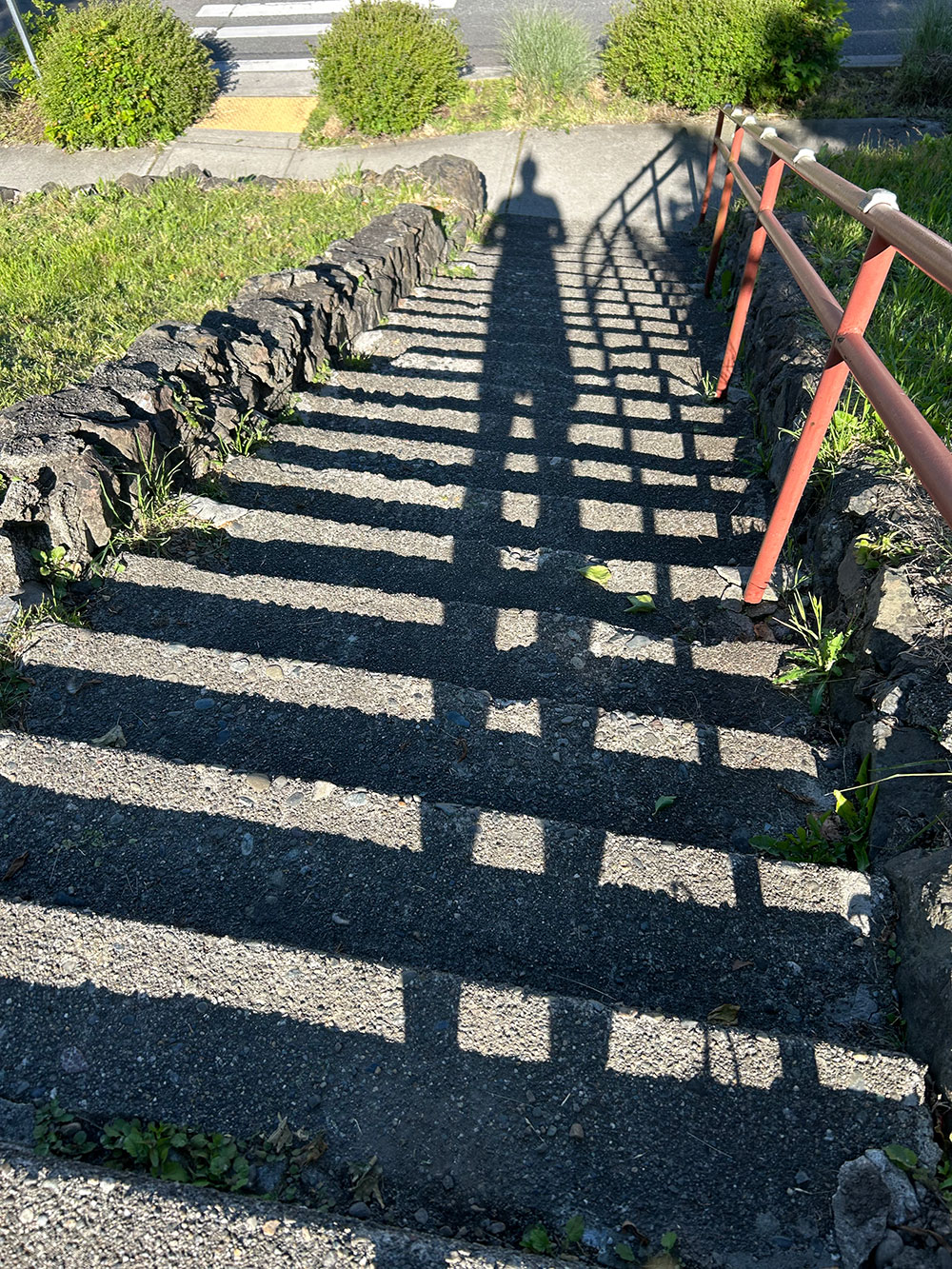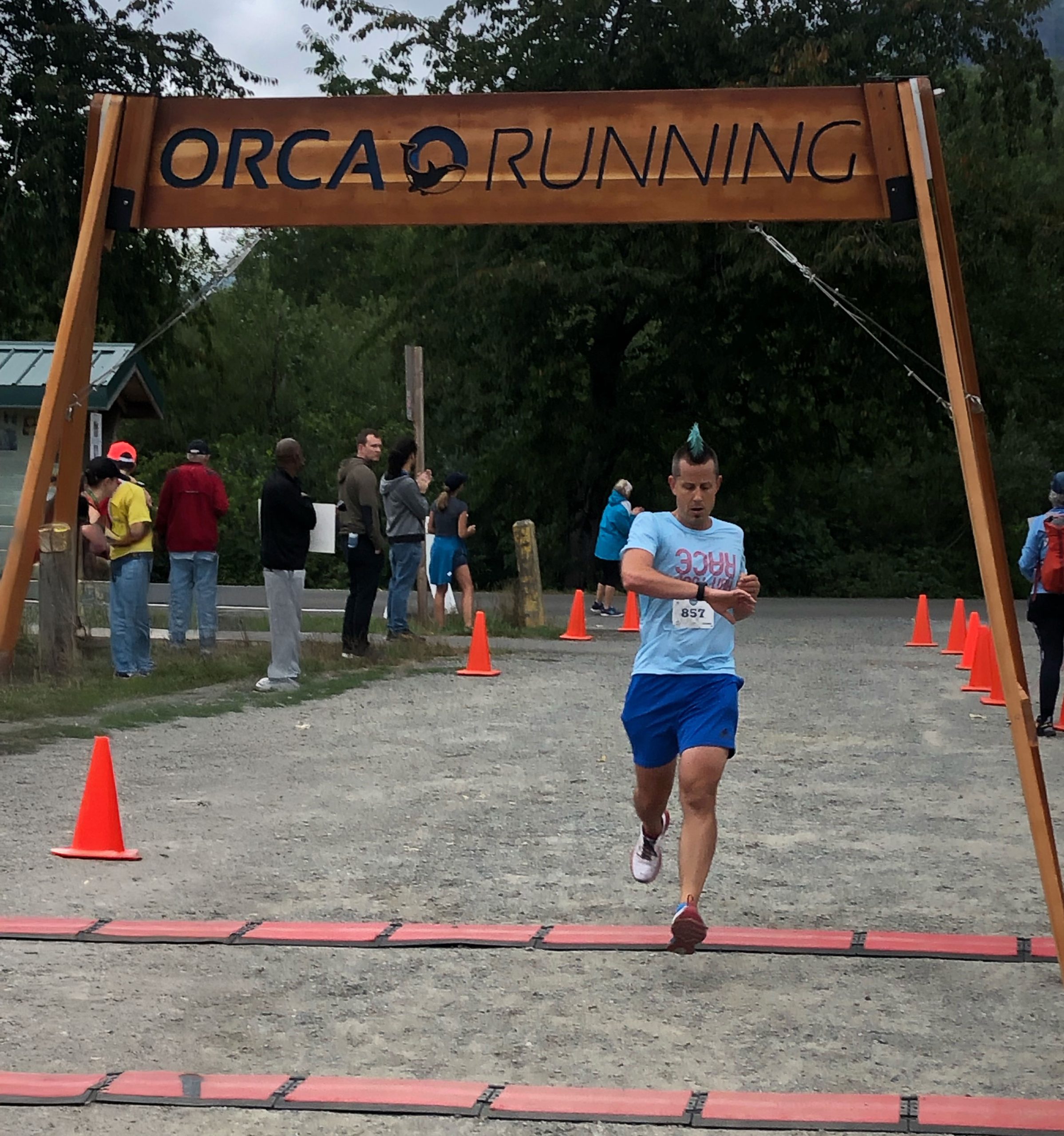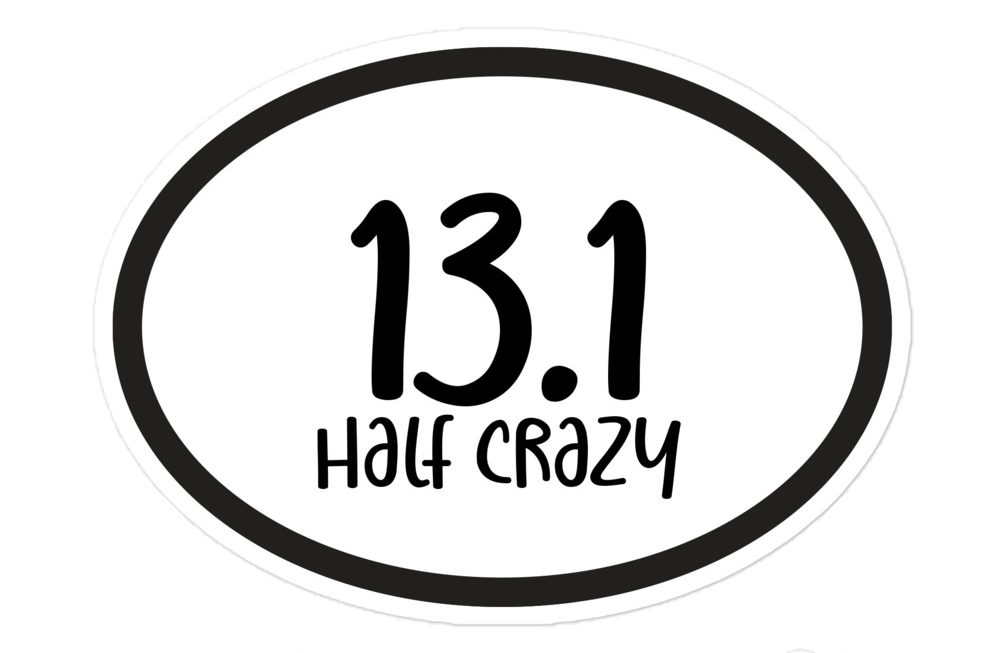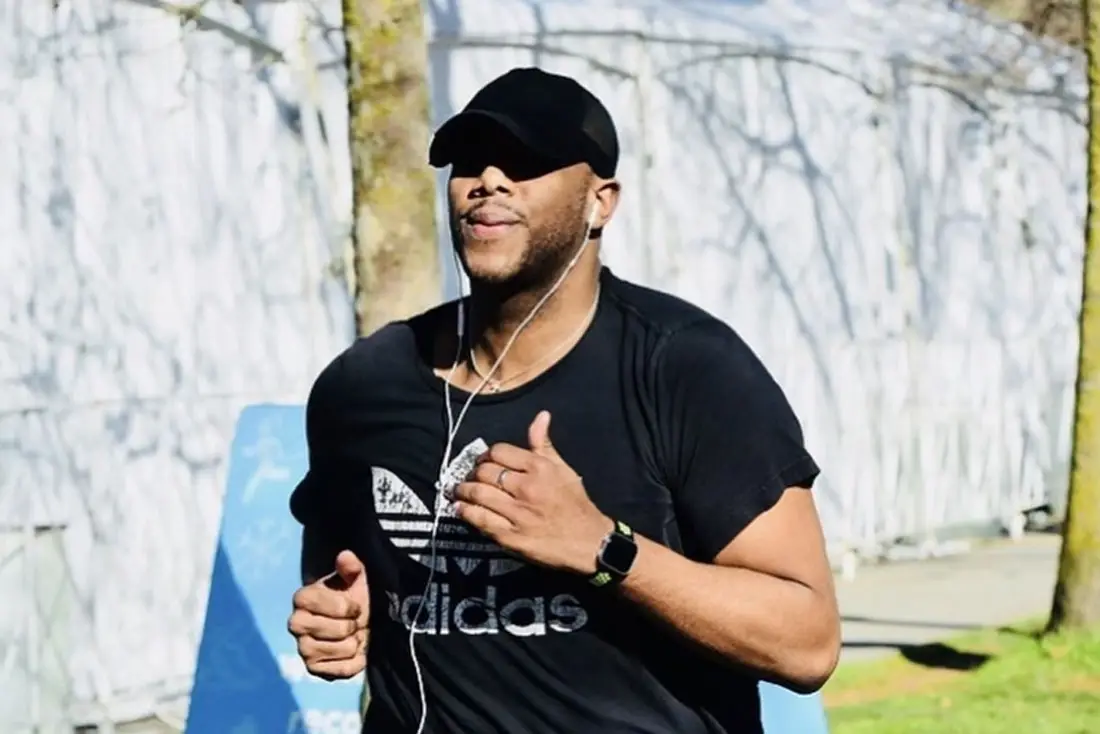
Discovering your ideal running pace is not just about hitting times; it’s about enjoying your run and finishing strong.
Here’s a personal story that underscores the importance of pacing:
A new friend of mine was struggling with her pace during her first ever half marathon. Engaged in a real-life ‘tortoise and the hare’ scenario, she would sprint ahead and then walk, repeating this cycle multiple times. Observing her, I could tell it was an exhausting strategy. Curious, I asked if she wanted a tip to better enjoy her race. Visibly miserable, she agreed. I explained the value of finding a consistent pace. As a collegiate basketball player, she had the speed but needed to adjust her approach for the long distance.

I encouraged her to slow down to a talking pace but to keep moving without stopping. I explained that stopping and restarting consumes a lot of energy
and can drain the fun out of running. While I admitted that I wasn’t sure of the scientific backing, I shared from personal experience that long-distance running often becomes enjoyable after maintaining a consistent pace for the first mile or two. Taking the advice to heart, she stopped the
start-stop routine. The second half of her race was not only faster but, dare I say, more enjoyable for her.
This experience highlights how crucial it is to find a pace that allows for stamina conservation and overall enjoyment. Whether you’re a seasoned marathoner or a first-timer, understanding and applying the principles of pacing can transform your running experience, making each race not just a challenge, but a genuinely fun adventure.
Ok there is some science.
Research supports the strategy of maintaining an even pace throughout a race. Studies show that runners who keep a consistent pace are generally more efficient and use their energy more effectively compared to those who vary their speeds dramatically. For instance, a study by the Journal of Science and Medicine in Sport found that marathon runners who kept their pace within a 10% variation of their average speed had significantly better finish times and reported less fatigue post-race. This demonstrates that an even pace not only helps in maintaining stamina but also enhances overall performance.
Integrating this steady approach can make a noticeable difference in how you feel during and after a race. As seen in the story of the collegiate basketball player turned half-marathoner, adopting a consistent pace transformed her race experience from exhausting to enjoyable. It’s a powerful reminder that in running, sometimes steady does win the race.











